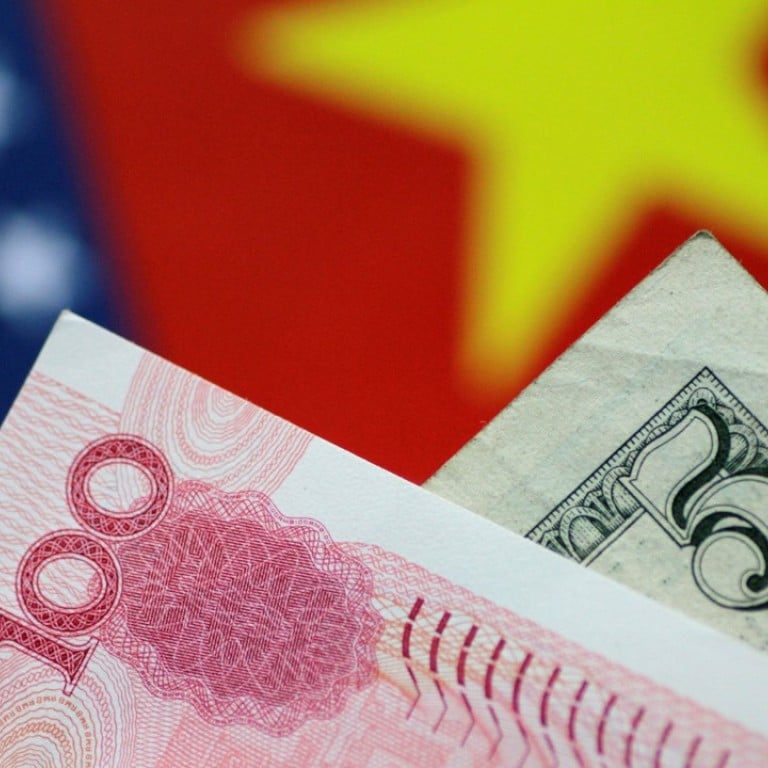
China’s yuan strengthens the most in 3 months on better-than-expected trade data
Impact of yuan fixing mechanism fades
China’s currency resumed its upward trend after better-than-expected trade data for December even as the impact from the central bank’s decision to adjust the formula of the yuan exchange rate mechanism faded.
Earlier in the week, the People’s Bank of China was reported to have suspended the “counter-cyclical factor” from the formula used to calculate the daily central parity of the yuan’s exchange rate against the US dollar. The yuan reference rate against the US dollar is used as a mid-point, allowing trades of up to 2 per cent on either side of the so-called fix for the day.
The “counter-cyclical factor” was introduced in May, and its removal signalled to market players that the PBOC was aiming to allow more influence from market forces on the price setting of the reference rate, and remove one-way appreciation expectations in the currency.
In a knee-jerk response, the yuan was sold-off sharply, sliding the most in more than two months on Tuesday. But traders later resumed selling US dollars to buy higher yielding yuan assets as news of PBOC’s move was digested by the market, and given that interest rate differentials between China and the US remain wide.
On Friday, the yuan gained 0.70 per cent to 6.4610 against the dollar, its biggest since October. The PBOC had raised the yuan reference rate by 0.33 per cent, up for a second day.
The jump in the yuan comes after data showed China’s exports rose 10.9 per cent in December, slightly higher than forecast of 10.8 per cent in a Bloomberg survey. Trade surplus widened to US$54.59 billion compared to forecasts of US$37 billion.
“With a much better trade performance and a steady outlook, concerns about the impact of foreign exchange policy on China’s exports may take a back seat,” Betty Wang, senior China economist at ANZ Bank said.
“Stable capital outflows and a rising trend in FX reserves, indicates a possibility of further loosening in FX policy in 2018.”
ING said in a research note before the release of the trade data that the yuan could be around its equilibrium level this year, projecting it to appreciate 3 per cent to 6.30 per dollar.
The yuan rise also reflects a slide in the US dollar to its lowest level since September, and the euro advanced against major currency peers after European Central Bank minutes showed a hawkish tone.

